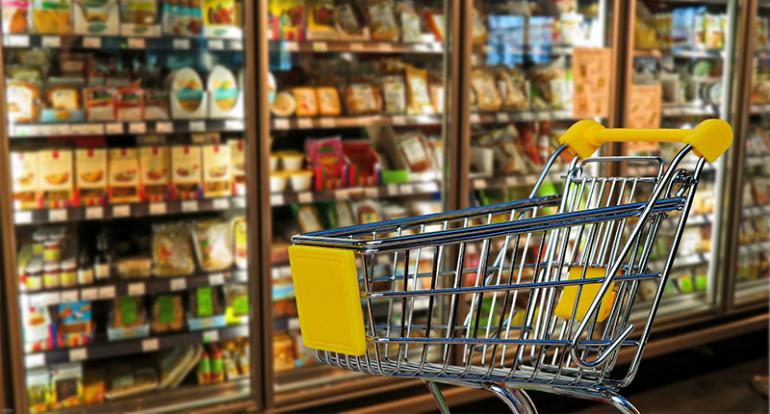Osservatorio Immagino: Italians make more informed purchasing choices

The sixth edition of the Osservatorio Immagino Nielsen GS1 Italy, based on data for the year ended June 2019, confirmed some of the nutritional trends already reported the previous year but also revealed a number of new developments.
The survey, conducted across a basket of more than 106,000 FMCG products, was based on a comparison between the products in the Immagino database and those sold in the large-scale retail sector surveyed by Nielsen.
In the year ending June 2019, these products generated sales of approximately €36 billion, equivalent to 82% of the total sold by hypermarkets and supermarkets in the Italian FMCG market.
The hottest trends
According to the survey, Italians are making increasingly green purchasing choices with sales of sustainable products totalling almost €7 billion, up 3.4% in value over the previous 12-month period. Authentic made in Italy products also performed well with sales of more than €7.1 billion, 1.3% sales growth and a shelf share of 25.2%.
The free from basket remained stationary with a turnover of €6.8 billion (-0.2%). The strongest performance in this segment was that of antibiotic-free products, which achieved exceptional 87% growth.
The rich-in segment has lost some of its momentum while maintaining 1.7% growth to reach sales of €2.5 billion, driven in particular by high-fibre (+5.9%) and wholemeal products (+6.8%), but above all by the new entry of probiotic-enhanced products which saw strong 3.7% growth.
The food intolerance products sector (gluten-free and lactose-free) saw sales of €3.6 billion (+1.9%), a good result despite the smaller growth compared to the previous 12 months (+3.2%).
Focus on packaging: the importance of recycling
In the age of climate change and environmental awareness, packaging plays a crucial role in consumers’ FMCG purchasing choices. But despite the obvious importance of recyclability and proper disposal, consumer goods producer companies are still not adequately labelling products with recycling information, which is present on only 25.4% of the 106,419 packaged products surveyed.
Making packaging eco-friendlier and providing consumers with adequate information for recycling after use is therefore a key aim. The Observatory carried out more in-depth analysis to determine the degree of recyclability of packaging in individual product segments. In the fruit and vegetable, home care, meat and beverage segments, more than 90% of the products surveyed have totally or largely recyclable packaging. This figure drops to around 80% in the grocery, fresh and refrigerated food and petcare segments.
At the top of the rankings of products with the highest levels of recyclable materials indicated on the label is mineral water with 100% of the SKUs declared totally or largely recyclable. Following close behind at 99% are home care products (such as laundry and dishwashing detergents) and the beverages segment (still and carbonated).
The products with the least recyclability information are prepared and ready meals (41.2%), festive products (30.7%) and fresh condiments (25.3%).

















